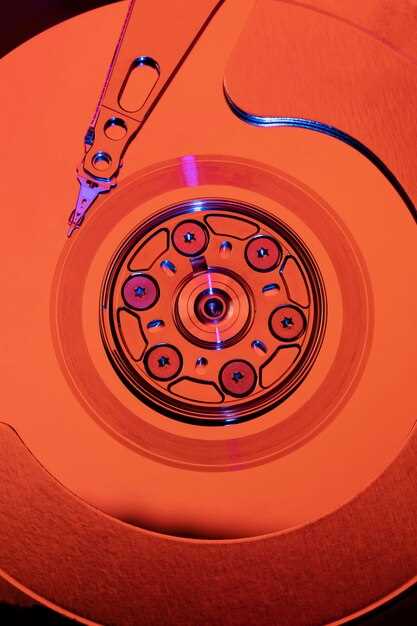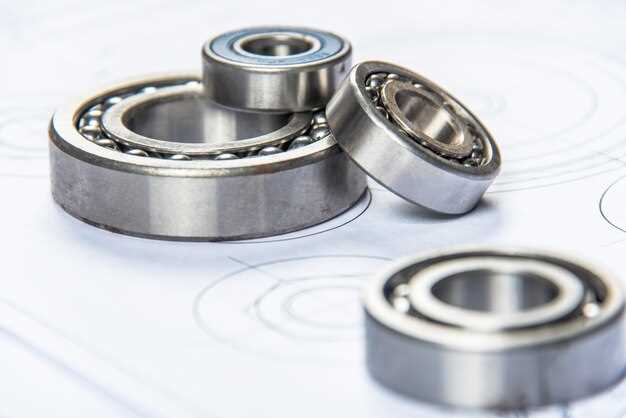
When it comes to high-performance braking systems, the choice of brake rotors plays a crucial role in both safety and driving experience. Among various options available, wave solid and drilled brake rotors stand out as popular choices that cater to different driving needs and conditions. Understanding the differences between these two rotor types is essential for automotive enthusiasts and everyday drivers alike.
Wave solid rotors offer a unique design that enhances cooling efficiency and reduces weight. The wavy pattern not only provides a striking aesthetic but also optimizes air flow across the surface, which in turn helps to dissipate heat more effectively. This design can be particularly advantageous in high-performance or repeated heavy braking situations, where heat buildup can lead to brake fade.
On the other hand, drilled brake rotors feature holes that facilitate better heat dissipation and moisture removal, which can be beneficial in wet conditions. However, the drilling process can sometimes compromise the structural integrity of the rotor, leading to concerns regarding longevity and durability. Each rotor type has its own strengths and weaknesses, making it crucial for vehicle owners to assess their specific driving styles and requirements before making a decision.
Performance Differences: Wave Solid vs. Drilled Rotors

When it comes to braking performance, the choice between wave solid and drilled rotors significantly influences vehicle handling, heat dissipation, and overall stopping power. Wave solid rotors feature a continuous surface with wave-like contours designed to enhance structural integrity while providing improved braking efficiency. In contrast, drilled rotors incorporate holes that allow for better ventilation and reduced weight, potentially offering superior heat dissipation.
Wave solid rotors excel in their ability to uniformly distribute braking forces, which minimizes warp and enhances rotor longevity. The design reduces the likelihood of brake fade during high-performance driving, making them ideal for track enthusiasts and off-road conditions. Additionally, their resistance to cracking under thermal stress ensures reliability under extreme conditions.
On the other hand, drilled rotors are engineered for enhanced cooling through their ventilation holes. This design effectively expels heat generated during braking, thereby maintaining consistent performance. However, while they offer improved thermal management, drilled rotors are more susceptible to structural weaknesses and cracking, particularly under high-stress conditions. The reduction in mass can lead to quicker response times; however, the trade-off may include decreased durability.
In summary, the choice between wave solid and drilled rotors should reflect the intended driving conditions and performance requirements. Wave solid rotors provide superior durability and consistent performance, particularly in demanding situations, while drilled rotors offer weight savings and enhanced cooling, at the expense of durability under extreme use. Each rotor type serves a specific purpose and should be chosen based on the driver’s individual needs and preferences.
Heat Dissipation and Brake Fade: Which Design Prevails?
Brake systems are crucial for vehicle safety, and effective heat dissipation is essential to maintain braking performance. Wave solid and drilled brake rotors differ in their approach to managing heat, which directly impacts brake fade–a temporary reduction in braking power due to overheating.
Wave solid rotors feature a unique wavy design that increases surface area while maintaining structural integrity. This design promotes better airflow around the rotor, which significantly enhances heat dissipation. The increased surface area allows for more efficient cooling, reducing the likelihood of brake fade during extended use. Additionally, the solid structure of these rotors provides greater resistance to warping and cracking under high temperatures.
On the other hand, drilled rotors are engineered with holes that help ventilate heat and gases produced during braking. While this design can effectively reduce temperatures, the drilled holes compromise the material strength of the rotor. High-performance applications often see benefits from drilled rotors, but they can be prone to cracking and wear over time due to the stress concentrated around the holes. This potential for failure may limit their effectiveness in high-temperature scenarios, where consistent braking power is critical.
When comparing the two, wave solid rotors generally excel in prolonged high-performance braking situations. Their design enables superior heat dissipation and durability, making them suitable for enthusiasts and competitive racers who demand reliability. Conversely, drilled rotors might be preferred for specific applications where weight reduction and aesthetic appeal are prioritized, despite their limitations in extreme conditions.
Ultimately, while both designs aim to mitigate brake fade, wave solid rotors often take the lead in providing consistent performance and reliability under stress, making them the more favorable option for those seeking optimal brake performance in demanding driving conditions.
Maintenance Considerations for Wave Solid and Drilled Rotors
When it comes to maintaining wave solid and drilled brake rotors, several factors must be considered to ensure optimal performance and longevity. Both types of rotors have unique characteristics that influence their maintenance needs.
Wave Solid Rotors

- Inspection Frequency: Regular visual inspections should be conducted. Look for signs of uneven wear, cracks, or warping.
- Cleaning: Keep wave solid rotors free from debris and brake dust. Use a suitable cleaner to maintain surface integrity.
- Surface Condition: Monitor the surface for any glazing or uneven wear. Resurfacing may be needed if significant anomalies are observed.
- Brake Pad Compatibility: Use quality brake pads that are designed for wave solid rotors. This will prevent premature wear and enhance performance.
Drilled Rotors
- Inspection for Cracks: Drilled rotors are susceptible to cracking due to stress concentration around the holes. Inspect frequently for any signs of fracture.
- Cleaning: Similar to solid rotors, cleanliness is critical. Drilled rotors should also be cleaned to prevent accumulation of dirt and debris in the drilled holes.
- Monitor Wear: Be vigilant about rotor thickness. Drilled rotors can wear more rapidly than solid ones, necessitating timely replacements.
- Heat Management: Due to their design, drilled rotors improve heat dissipation, but it is important to ensure they are not subjected to overheating, which can lead to failure.
General Maintenance Tips
- Regularly check brake fluid levels and replace as necessary to maintain hydraulic efficiency.
- Ensure that brake components, including calipers and pads, are in good condition to prevent undue stress on the rotors.
- Avoid aggressive driving habits to reduce wear and heat buildup, which can adversely affect rotor life.
- Schedule professional inspections periodically to catch potential problems that may not be visible during routine checks.
Proper maintenance of both wave solid and drilled rotors is essential for safe and efficient braking performance. Understanding the unique maintenance needs of each rotor type can enhance safety and longevity on the road.

